Xeric watches: how to kick-start a watch brand
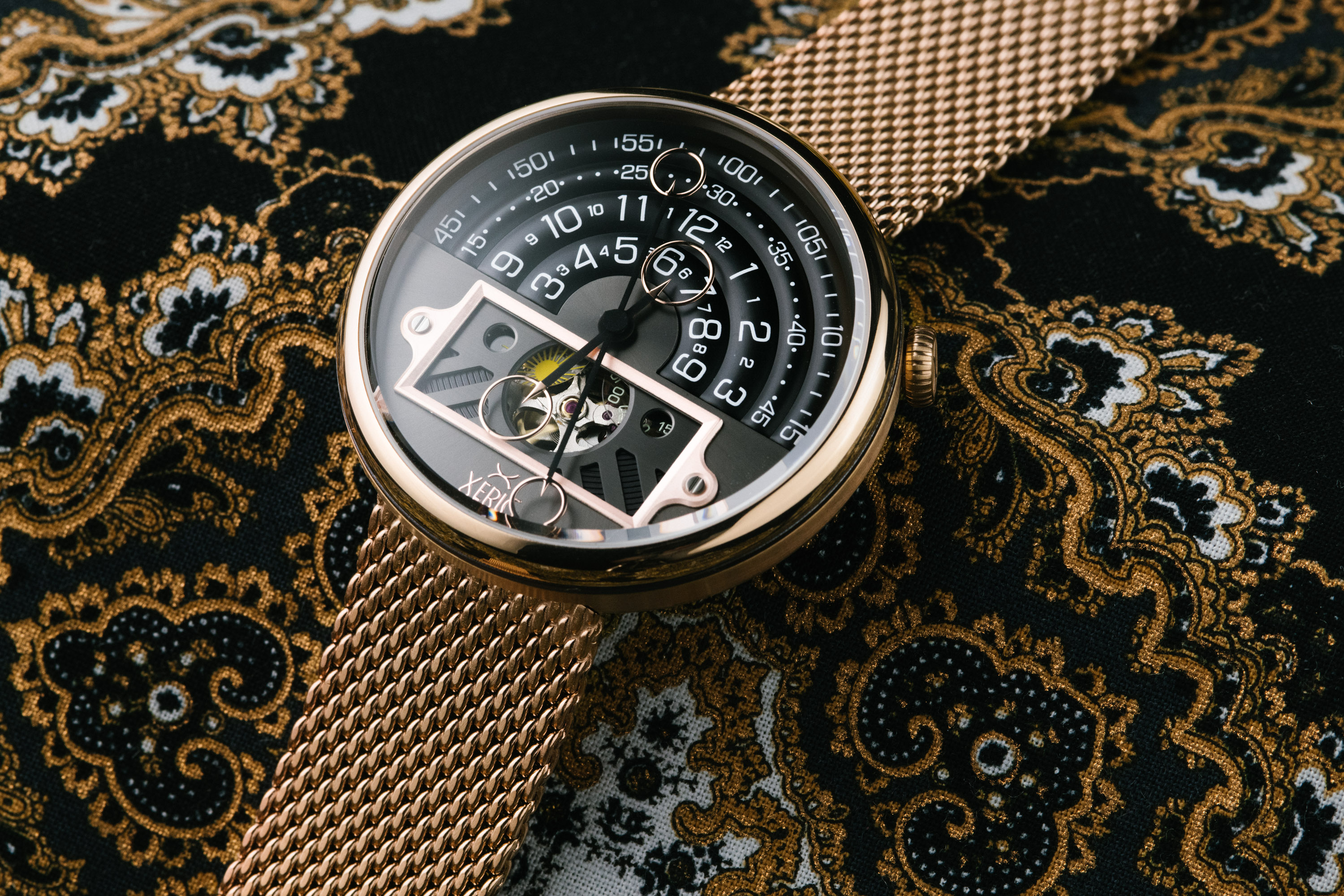
Launched in 2013 with a Kickstarter campaign, Xeric has quickly become one of the most successful crowd-funded watch brands in history.
Brothers Mitch and Andrew Greenblatt started out as horological enthusiasts themselves before turning their minds to building a watch company of their own.
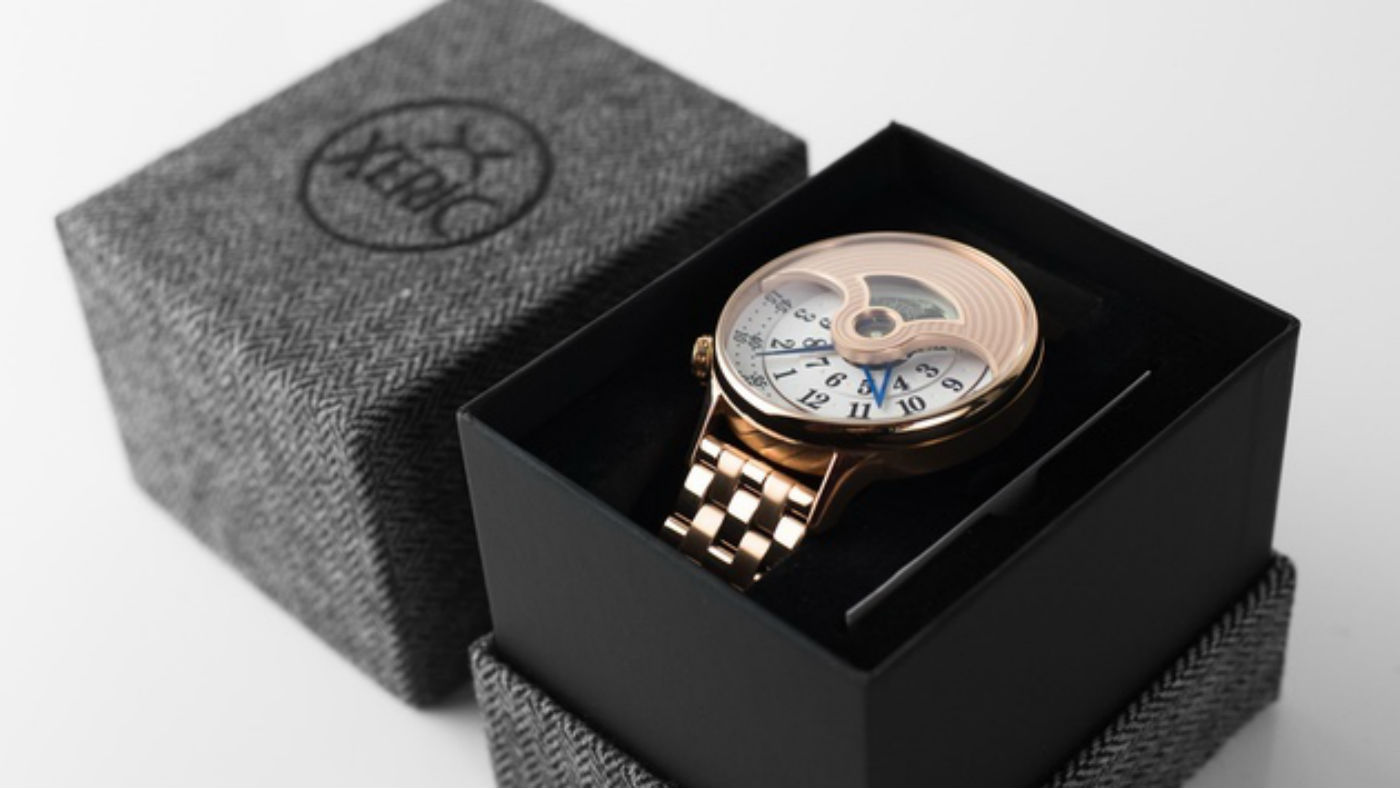
There has been an explosion of crowd-funded watches in recent years, but few have created watches that are terribly interesting, and fewer still have seen much success. But with its combination of audacious designs and unusual mechanisms, Xeric has managed to establish itself as a genuine watch brand in just five years.
The Week
Escape your echo chamber. Get the facts behind the news, plus analysis from multiple perspectives.

Sign up for The Week's Free Newsletters
From our morning news briefing to a weekly Good News Newsletter, get the best of The Week delivered directly to your inbox.
From our morning news briefing to a weekly Good News Newsletter, get the best of The Week delivered directly to your inbox.
Coinciding with their most recent launch of the Halograph II, The Week Portfolio caught up with Mitch and Andrew to find out more about what makes Xeric tick.
Why did you turn to Kickstarter to begin funding your watches? And now looking back, what do you feel were the pros and cons of funding your company that way?
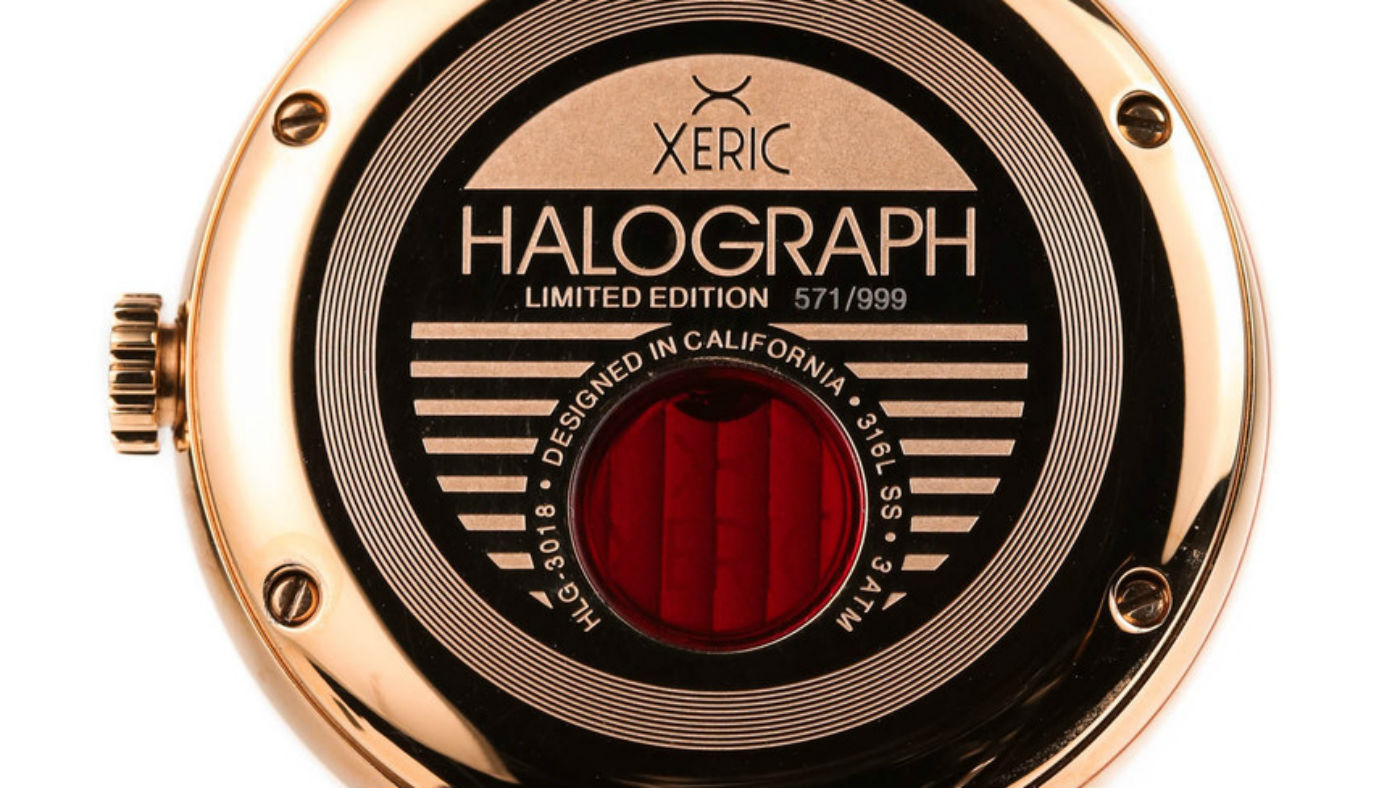
What better way to introduce some offbeat and affordable mechanical watches to those who might appreciate the old world mechanics of an automatic watch? Back in 2013, prior to our very first campaign, we felt Kickstarter had the attention of tastemakers and independent thinkers who know something cool when they see it. We got tired of waiting for something revolutionary from the typical watch brands and decided the only way to get them was to make them ourselves. We also wanted to fill a gap in what we believed was a drought of good watch designs with unique time-displays. Very few brands were taking risks in that realm, and we were overflowing with ideas!
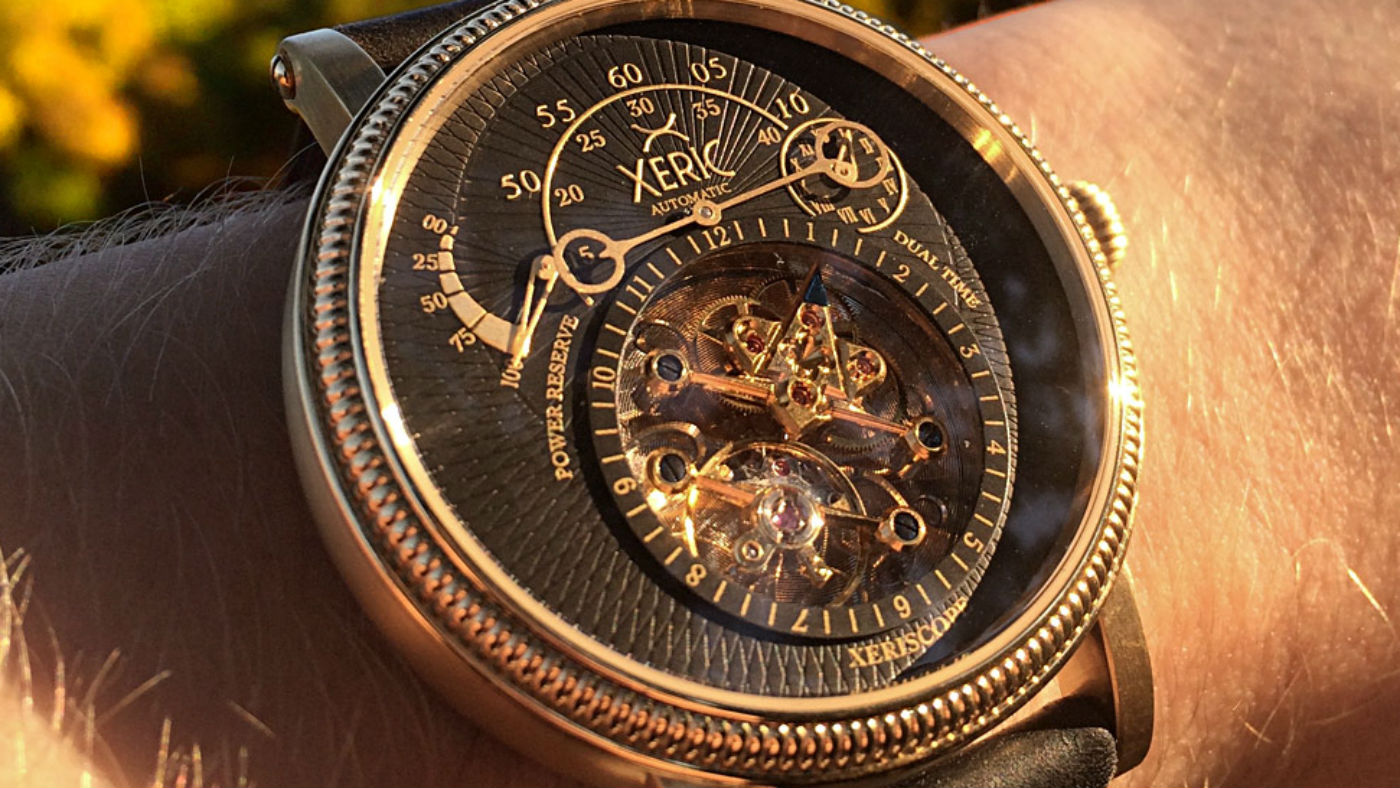
We are about to launch our eighth Kickstarter campaign in the coming months and have benefitted all the way connecting with like-minded folks who are tired of being 'connected' to their gadgets and the pleasure of having a living machine on your wrist that attracts positive attention wherever you go. Sure, our watches are utilitarian but we see them as conversation starters, expressions of your personality and ultimately, really beautiful time-machines. Ultimately, Kickstarter has been so much more than crowdfunding, it's a venue to create a community of people that want something unlike anything else and aren't afraid of stepping away from the ordinary.
A free daily email with the biggest news stories of the day – and the best features from TheWeek.com
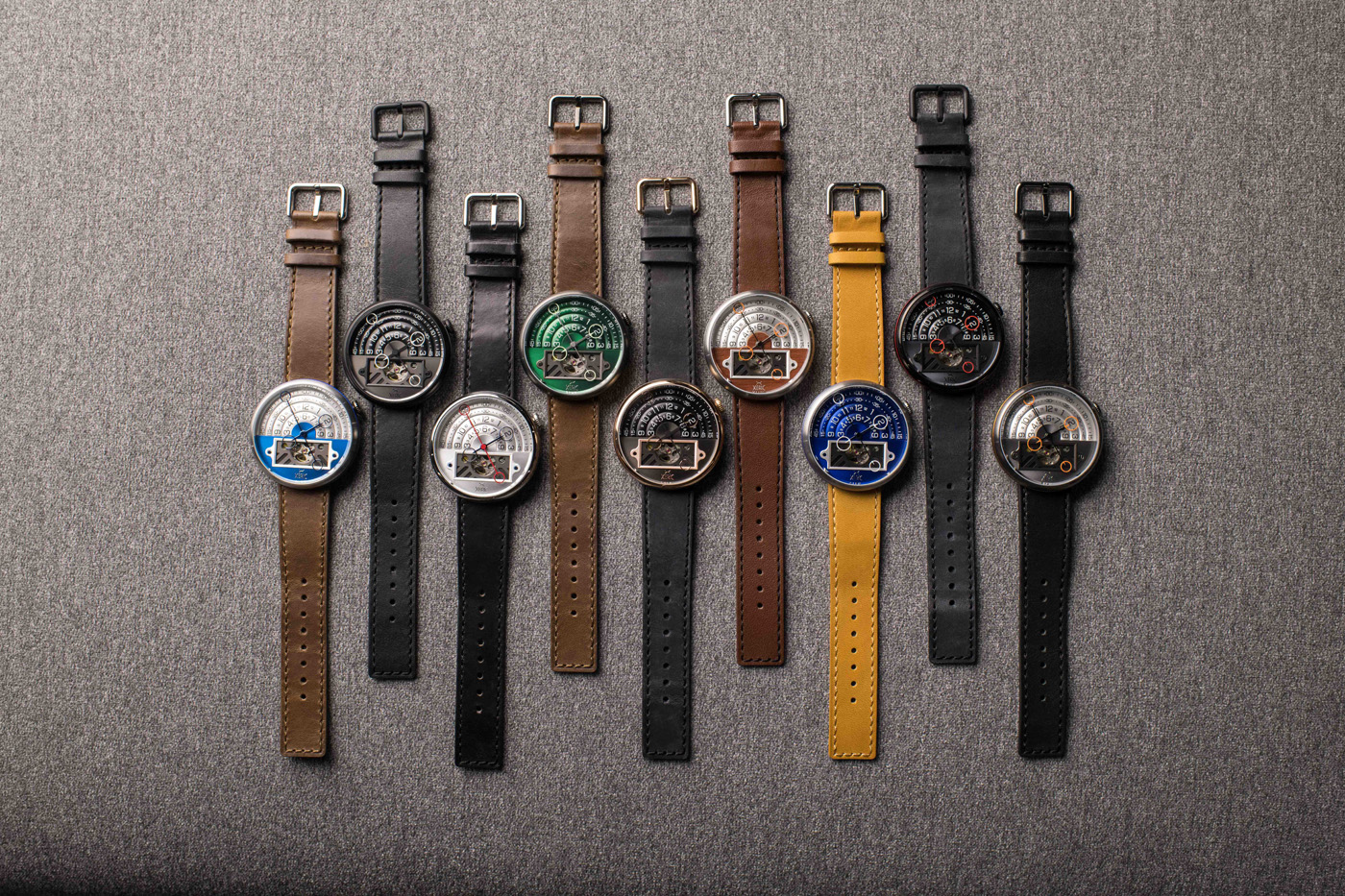
Are there other watches that have started through crowdfunding that you admire?
We love to support other interesting watch campaigns and have created some solid relationships with micro-brands from around the world. Kickstarter has allowed some interesting projects to get off the ground that wouldn't have typically found the traction before crowdfunding.
And away from the world of crowdfunding, which watch brands interest you most?
We love the independent watchmakers from around the world who are high-end microbrands themselves. Stepan Sarpaneva of Finland produces just dozens of watches per year for his namesake brand, Sarpaneva Watches. Then there are the Swiss independents like Urwerk, MB&F, DeBethune, F.P. Journe, Greubel Forsey and others who are essentially creating fine works of art as time machines. But as these are exclusive to only wealthy people, we are trying to bridge the gap with Xeric watches so that virtually anyone with a few hundred dollars can enjoy a unique timepiece of their own - essentially becoming a gateway drug into the world of horology.
A lot of contemporary watch design is quite conservative. Many watches hark back to historical designs and are powered by movements that do much the same thing they have been doing for decades. Why do you think this is? And what made you decide to take such a radically different approach with your own watches?
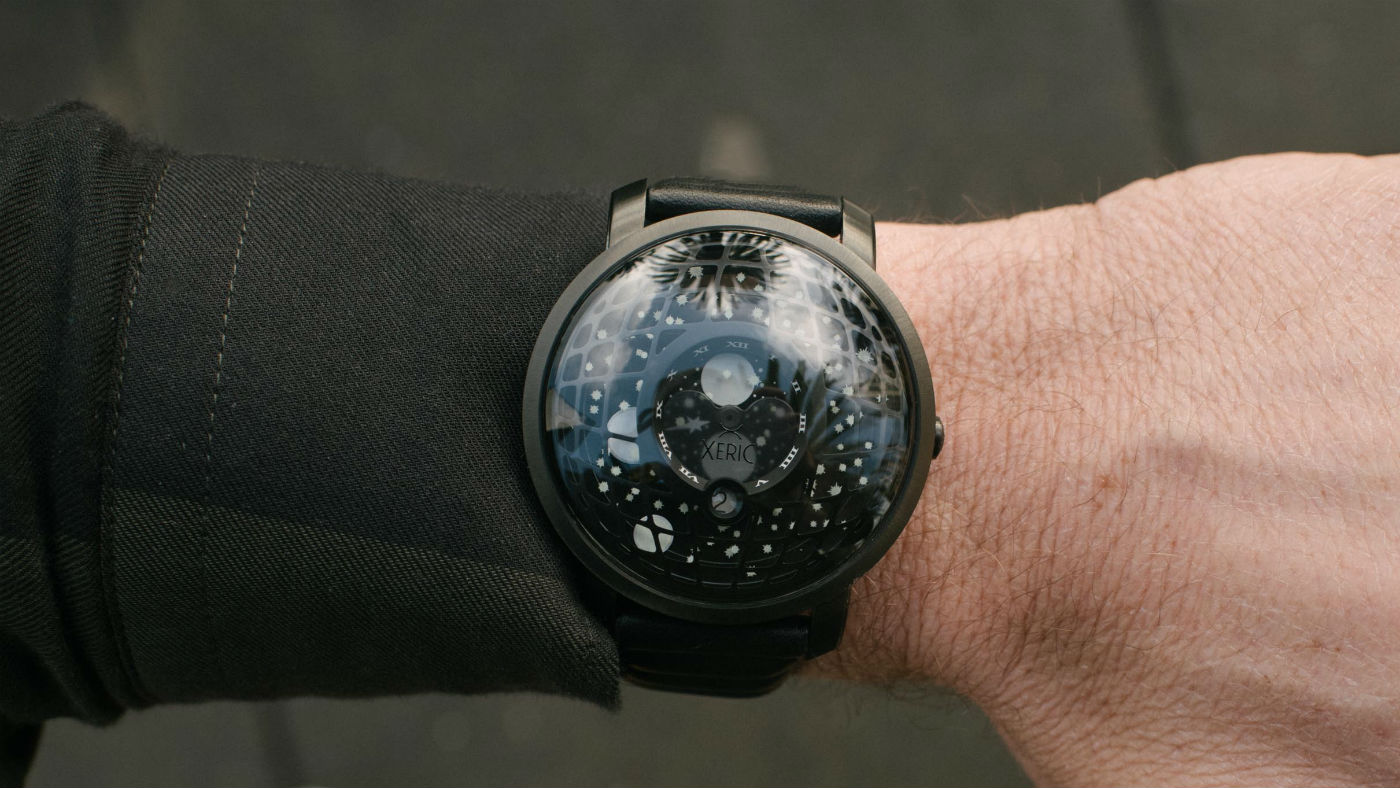
We are all about being different, not just to stand out from the crowd but rather to try and inject new ideas that can often be very polarising. Most people with either love or hate our watches but the connections we make are special to us. We didn't realise it at the beginning, but we've had a supportive group of backers and customers who tend to buy more than one of our watches. We started off as passionate watch collectors ourselves and have a very symbiotic relationship that only seems to get stronger along the way. We know that the majority of the world tend to buy safer, more conservative watches but we're here making Xeric watches as a direct reaction to that. We're not trying to take over any market; we're just trying to give people cool alternatives to anything expected or common.
One of the common features across many of your watches is a visible balance wheel. Why do you like to expose that element?
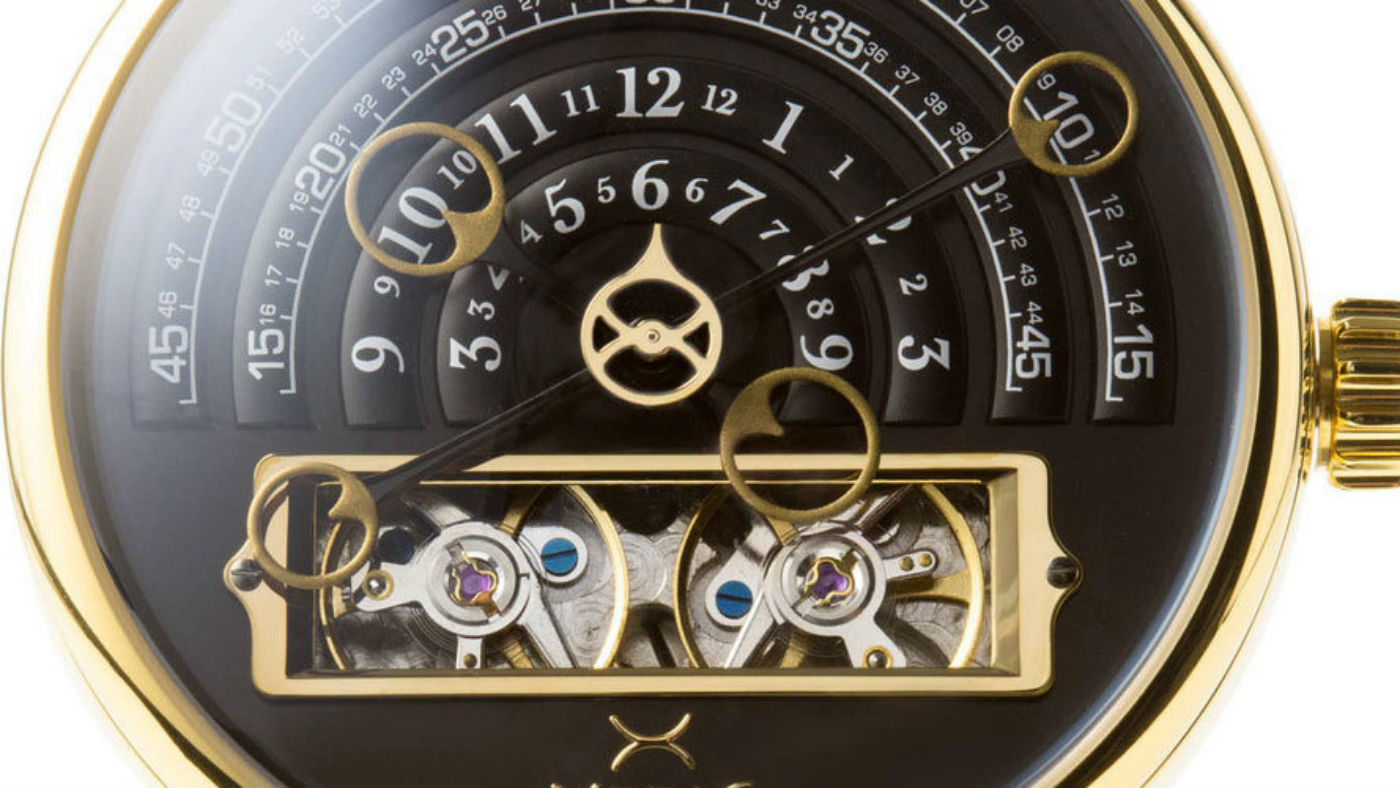
Well, mainly, the balance wheel is the beating heart of a mechanical watch and understanding that so many people are new to mechanical watches, we felt it was an obvious decision to show off all the cogs and gears we could. Now that we're getting more established and mechanical watches have been growing in demand over the past five years, we are taking it much further with new collections coming out over the next few years. Many new designs we have feature proprietary movements and customised modules to take on the independents and offer complications in a watch that have never been available to the watch collector on a budget. There is so much coming from Xeric that we're bursting at the seams to keep it hush hush until they're ready. Stay tuned!
You use Japanese mechanical movements in some of your watches, and Swiss quartz in others. What are the advantages of each?
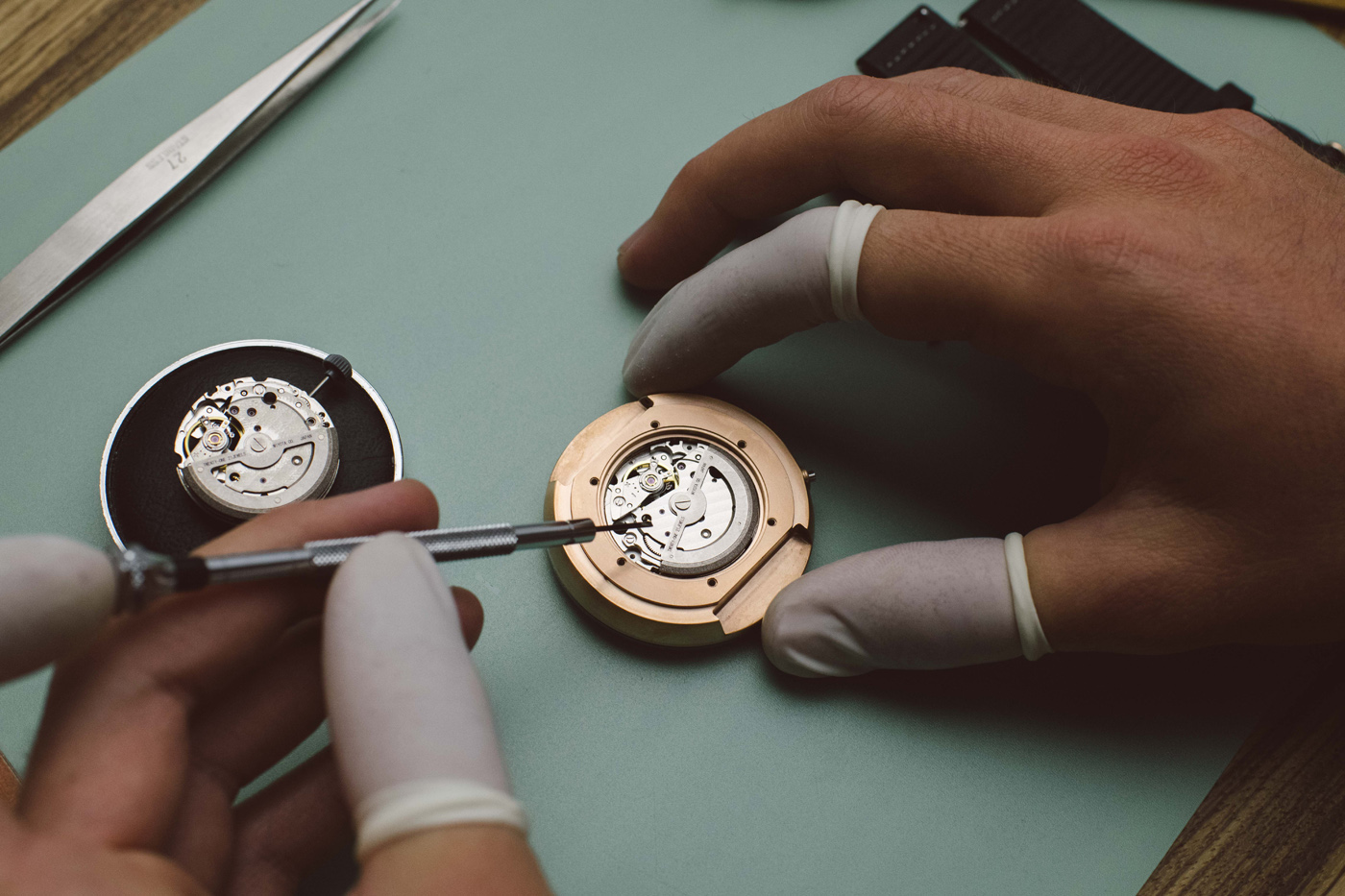
We are big fans of Japanese Miyota movements. For the money, there isn't anything close in quality, finishing, and dependability. Swiss or Japanese quartz is always exceptional as well. We have some prototypes of a new watch with Swiss mechanical movements, but that's still in development.
And more broadly, why do you think the world has become so obsessed with Swiss timepieces when plenty of other countries make compelling alternatives?
Simply because Swiss has always been the cornerstone of quality, but that's changing as we speak.
How are customers responding to your personalisation options?
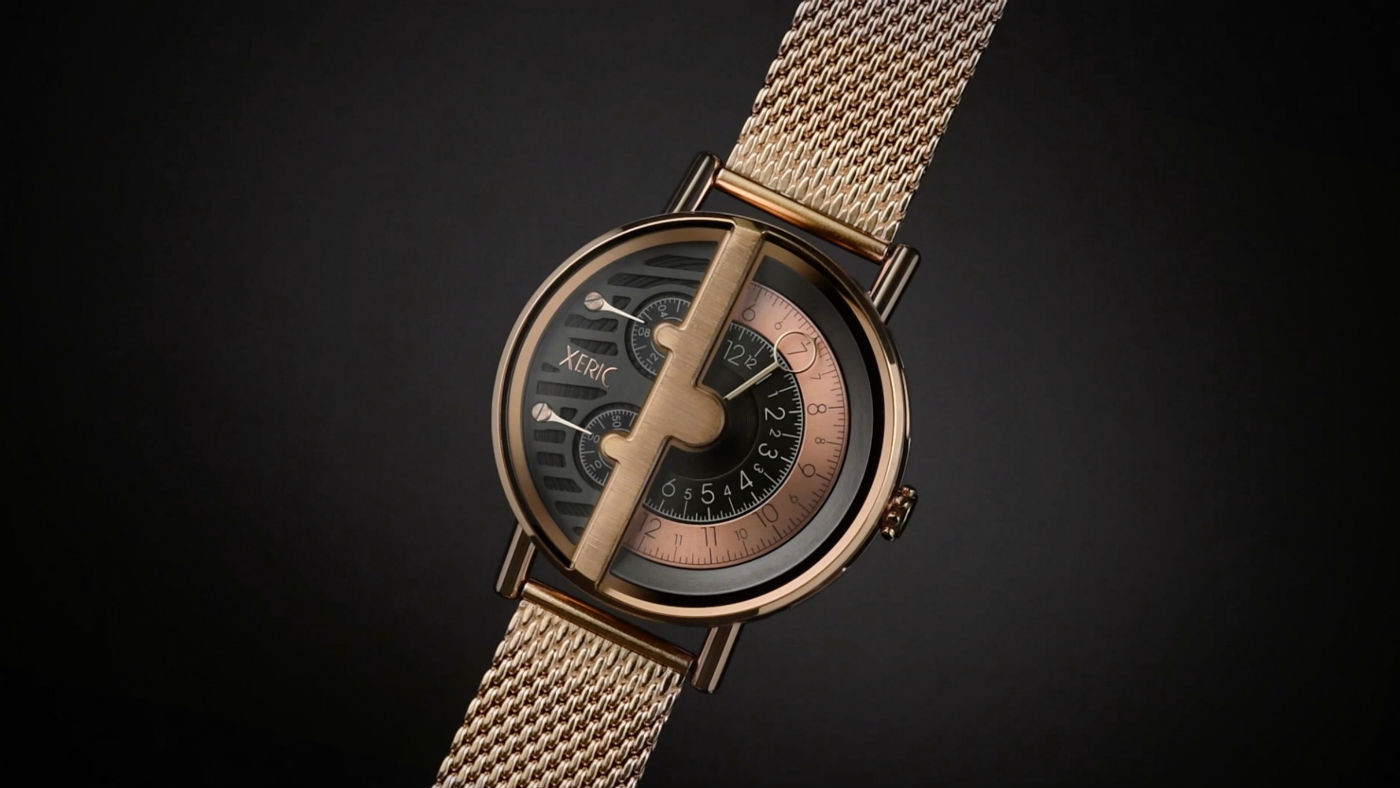
We know that customers will always love personalisation and we have plans to expand that as we continue to grow. But there is a downside to that, many people get overwhelmed at the variety and having core colorways and accessorizing options limited usually helps with the difficult decision-making process.
What is next for you guys?
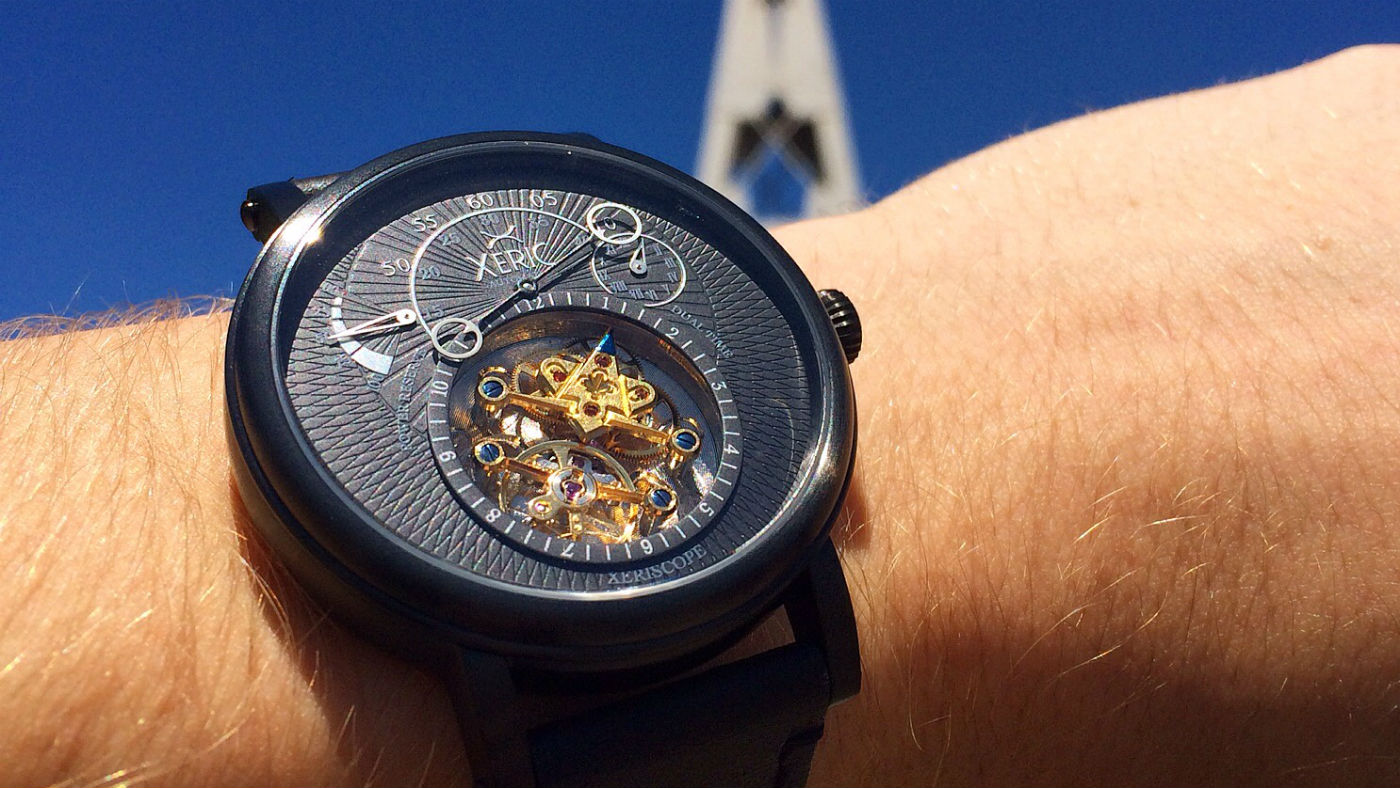
So much! As mentioned above, we have some game-changing watches coming out over the next two years. The offerings from Xeric watches during that time will blur the lines between high-end horology all while staying very, very affordable.
For more, visit xeric.com
Arion McNicoll is a freelance writer at The Week Digital and was previously the UK website’s editor. He has also held senior editorial roles at CNN, The Times and The Sunday Times. Along with his writing work, he co-hosts “Today in History with The Retrospectors”, Rethink Audio’s flagship daily podcast, and is a regular panellist (and occasional stand-in host) on “The Week Unwrapped”. He is also a judge for The Publisher Podcast Awards.
-
 Political cartoons for December 14
Political cartoons for December 14Cartoons Sunday's political cartoons include a new White House flag, Venezuela negotiations, and more
-
 Heavenly spectacle in the wilds of Canada
Heavenly spectacle in the wilds of CanadaThe Week Recommends ‘Mind-bending’ outpost for spotting animals – and the northern lights
-
 Facial recognition: a revolution in policing
Facial recognition: a revolution in policingTalking Point All 43 police forces in England and Wales are set to be granted access, with those against calling for increasing safeguards on the technology